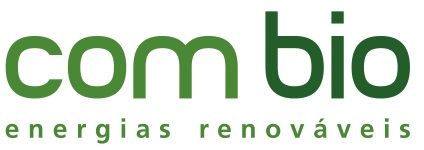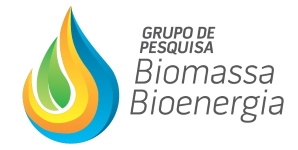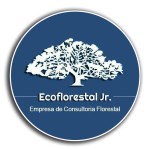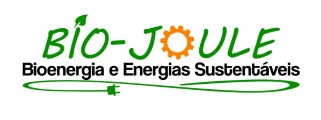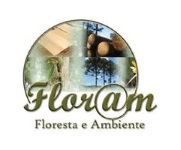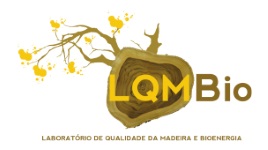ENERGETIC VIABILITY OF EUCALYPTUS SP. FOR USE IN THE PRODUCTION OF CHARCOAL BY PYROLYSIS
06 - Charcoal
 1 ELIAS RICARDO DURANGO PADILLA, 2 GABRIELA BERTONI BELINI, 3 ANA L. S. HANSTED, 2 ERICK E. C. GONZALEZ, 2 FABIO M. YAMAJI
1 ELIAS RICARDO DURANGO PADILLA, 2 GABRIELA BERTONI BELINI, 3 ANA L. S. HANSTED, 2 ERICK E. C. GONZALEZ, 2 FABIO M. YAMAJI
1 UFSCAR
2 DEPARTAMENT OF ENVIRONMENTAL SCIENCES, FEDERAL UNIVERSITY OF SÃO CARLOS, SOROCABA
3 DEPARTAMENT OF PHYSICS AND BIOPHYSICS, STATE UNIVERSITY OF SÃO PAULO “JÚLIO DE MESQUITA FILHO”, BOTUCATU
Eucalyptus bark is a waste generated in large volume and has been used as a source of energy (direct burning) by industries. This work tries to use the Eucalyptus spp. bark as a source of raw material for the production of charcoal and to study the influence of pyrolysis temperatures on the properties of the final product. Charcoal was produced at different temperatures: 300 °C, 400 °C and 500 °C, and determined their properties by proximate analysis, higher heating value (HHV) and thermogravimetry analysis (TGA). It was observed that higher pyrolysis temperature resulted in increase of the fixed carbon content and HHV. In the thermogravimetry and derivative thermogravimetry (TG/DTG) curves it was possible to determine the differences in the thermal stability of the three types of charcoal. It can be concluded that the charcoal of the Eucalyptus bark is an alternative for the energy reutilization of this residue and also can be used as charcoal for heating or domestic use.
Keywords: tga, biomass energy, wood residue, solid biofuel.
Acknowledgments: This work acknowledges the CAPES and the research group Biomass and Bioenergy at UFSCar – Sorocaba.
